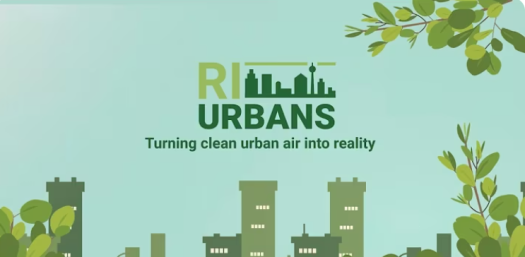Prevention & Personalised Health
Pollution
Biomarkers
Toxic Pollutants & Hazardous Substances
Post-Doctoral Fellowships
Australia
2022.02.27
Understanding Human Exposure to Contaminants of Emerging Concern Through New Biomarkers
Human biomonitoring (HBM) allows the assessment of human exposure to chemicals, by measuring chemicals and their concentration in human tissues (blood, hair, breastmilk, etc.). HBM data enables evidence-informed policy to reduce risk to human health. To be accurate and effective, HBM must first understand how chemicals of interest are metabolized and how they interact with cells or molecules in the body. Furthermore, it is vital to sample, identify and measure a greater number of biomarkers than what is currently possible, particularly contaminants of emerging concern (CECs). Existing HBM programs are limited and can only evaluate a tiny fraction of the chemicals in use due to a lack of biomarkers and assessment methods for the majority of chemicals.
During his AXA Fellowship at the University of Queensland (Australia), Dr. Chang He seeks to address the gap in HBM programs by developing a systematic method for assessing human exposure to hazardous pollutants while employing a human biomonitoring strategy. As there are few biomarkers available for human biomonitoring, only a few chemicals have been evaluated to date. One of the primary goals of this project is to identify biomarkers for additional chemicals using in silico, in vitro, and in vivo models and use these biomarkers to assess human exposure to various pollutants.
With this research, Dr. Chang He aims to make the chemical industry safer and more sustainable, with the ultimate objective of improving human and environmental health. Through the identification of biomarkers for emerging contaminants and the safety assessment of these emerging contaminants, his research is expected to provide insights into which chemicals should be monitored, and whether their production and use should be prohibited on a national and global scale. The identified biomarkers and developed analytical method will also be applied to the Australian population to assess the exposure to contaminants of emerging concern, utilizing the University of Queensland’s unique environmental and human specimen banks that were established decades ago.
May 2022
[1] World Health Organization, Global health risks: mortality and burden of disease attributable to selected major risks. 2009.
Learn More About the AXA Fellowships in Harmful Substances

Chang
HE
Institution
The University of Queensland
Queensland Alliance for Environmental Health Sciences (QAEHS)
Country
Australia
Nationality
Chinese
Related articles
Pollution
Healthcare Systems
Toxic Pollutants & Hazardous Substances
Public Health & Health Policy
Air Quality
Water Quality
AXA Award
Switzerland
Grand Jet d'Or Award on Adverse Effects of Pollution on Humans
The World Health Organization estimates that exposure to air pollution is responsible for about 7 million premature deaths worldwide each... Read more
Geneva Health Forum
(GHF)




.thumbnail.jpg)
